In June 2004, The Sound Approach went Arctic. While Magnus headed off to the Lena delta in northern Siberia, Arnoud and René made their way to the great wilderness state of Alaska, USA. In fact they also came very close to Siberia, specially when they visited the Seward Peninsula, which projects 320 km into the Bering Sea. Several predominantly Eurasian birds occur here. An example is Alaskan Wagtail Motacilla tschutschensis, which breeds over a huge stretch of Siberia. Black Scoter Melanitta americana breeds extensively on both sides of the Bering Strait, while Pacific Loon Gavia pacifica and Grey-cheeked Thrush Catharus minimus are primarily North American species with extensive Siberian populations as well. In fact, of the species presented here, only Bristle-thighed Curlew Numenius tahitiensis breeds exclusively on the American side. It has a peculiar wintering range on islands in the tropical Pacific Ocean. The ‘city’ of Nome is located on the southern Seward Peninsula coast. It was centre to a huge gold rush after ‘Three Lucky Swedes” discovered gold in Anvil Creek in 1898. By 1910, it was the most populous city in Alaska with more than 12 000 inhabitants. In the 1920s, the gold rush ended but there are still signs of Nome’s mining past throughout the surrounding area. These include old steam trains rusting on the tundra, and ancient wooden constructions for sorting the gravel from streams, all slowly being reclaimed by the wilderness. Now the entire human population of Nome numbers around 3800. And the birds are thriving.
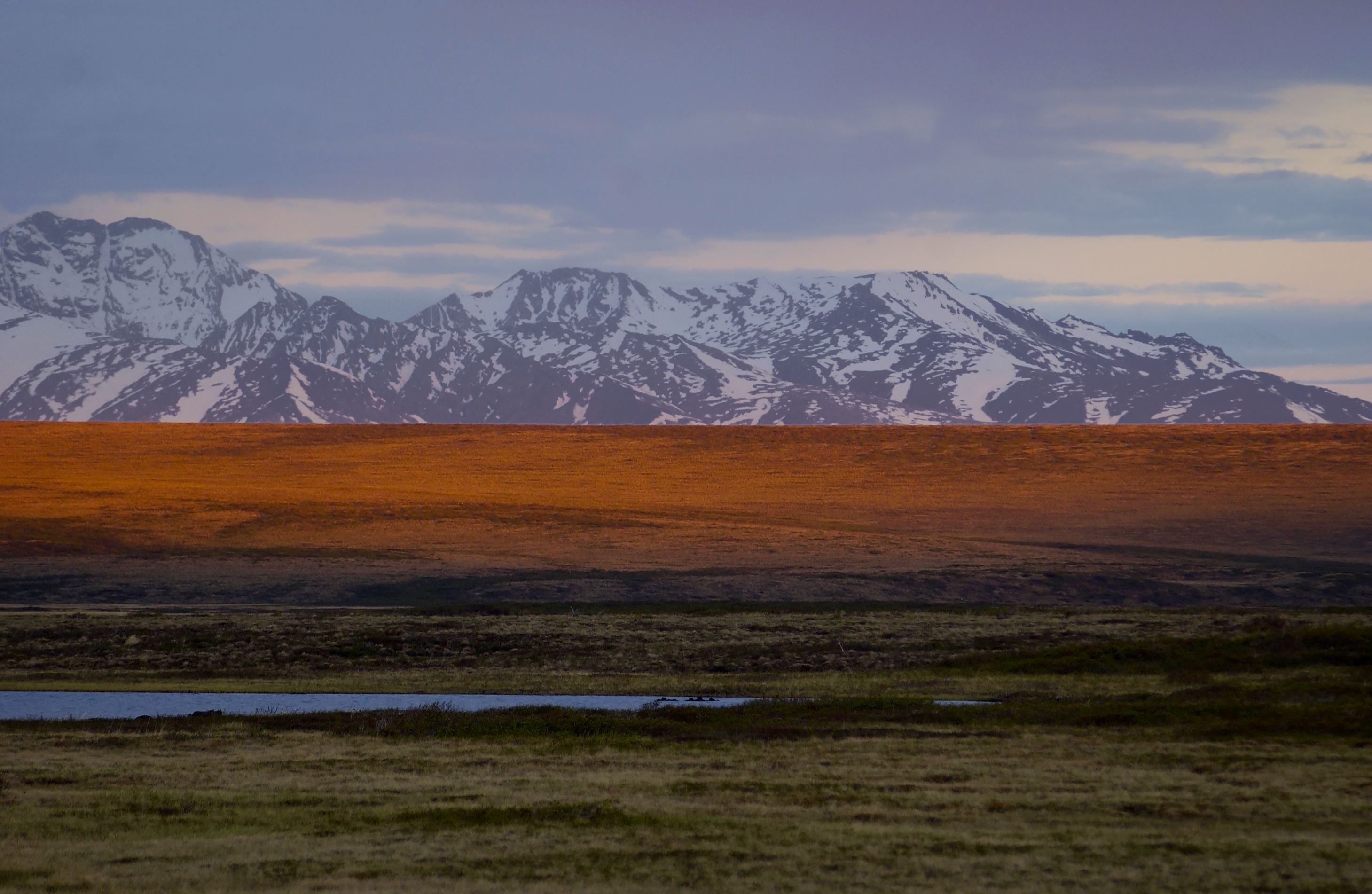
Location of Black Scoter Melanitta americanarecording, Seward Peninsula, Alaska, USA, 2 June 2004 (René Pop)
Black Scoter Melanitta americana, Seward Peninsula, Alaska, USA, 10:36, 2 June 2004 (Arnoud B van den Berg). Communal whistling of males, with soft prrpcalls of females. Background: Cackling Goose Branta hutchinsii, Wilson’s Snipe Gallinago delicata, Grey-cheeked Thrush Catharus minimus, Red Fox Sparrow Passerella iliaca, Savannah Sparrow Passerculus sandwichensisand American Tree Sparrow Spizelloides arborea.
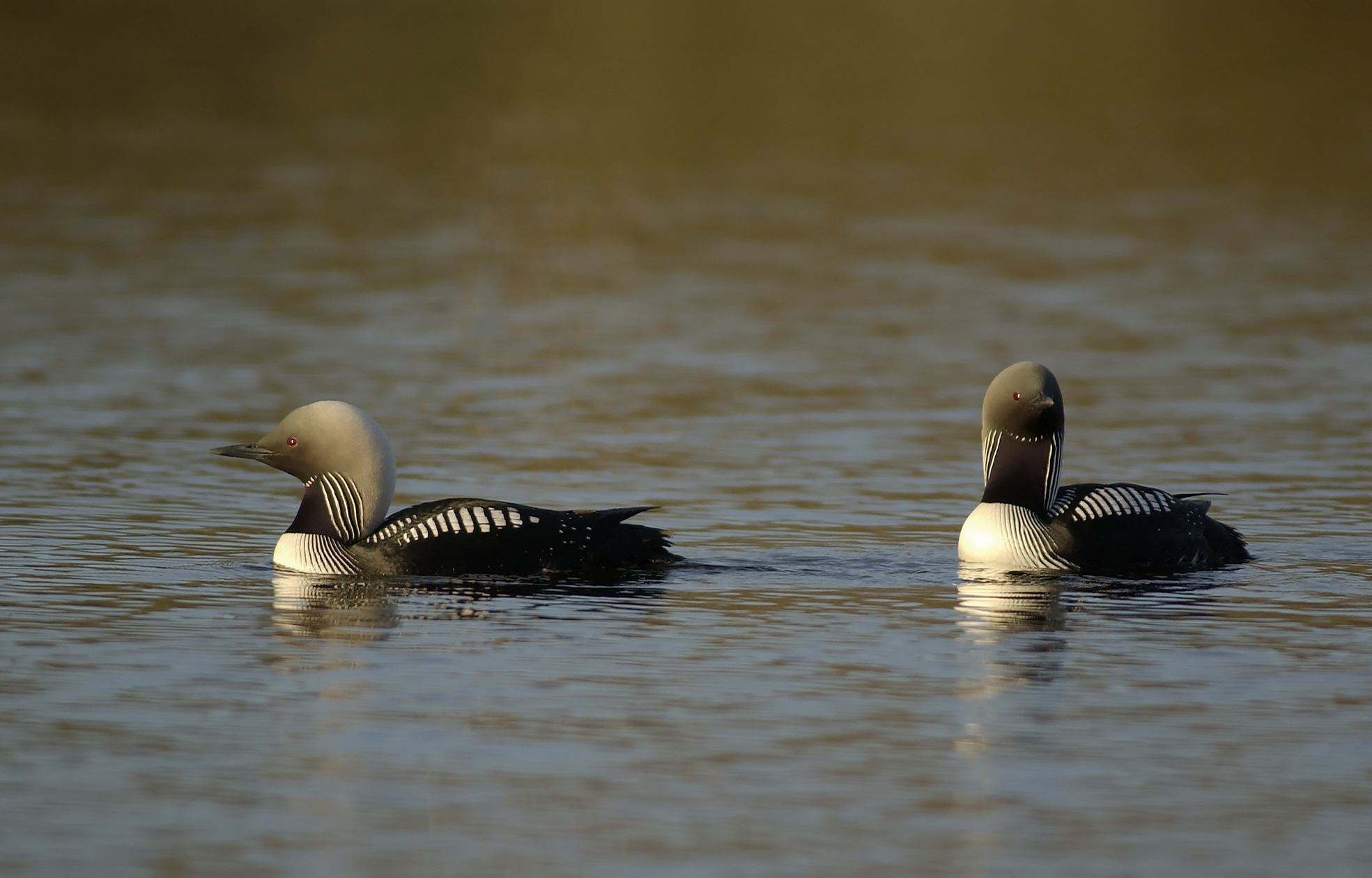
Pacific Loon Gavia pacifica, Seward Peninsula, Alaska, USA, 3 June 2004 (René Pop)
Pacific Loon Gavia pacifica, Seward Peninsula, Alaska, USA, 23:13, 3 June 2004 (Arnoud B van den Berg). A duet of low grunts by two adults. Background: Wilson’s Snipe Gallinago delicata, Arctic Tern Sterna paradisaea, Alaskan Wagtail Motacilla tschutschensisand Savannah Sparrow Passerculus sandwichensis.
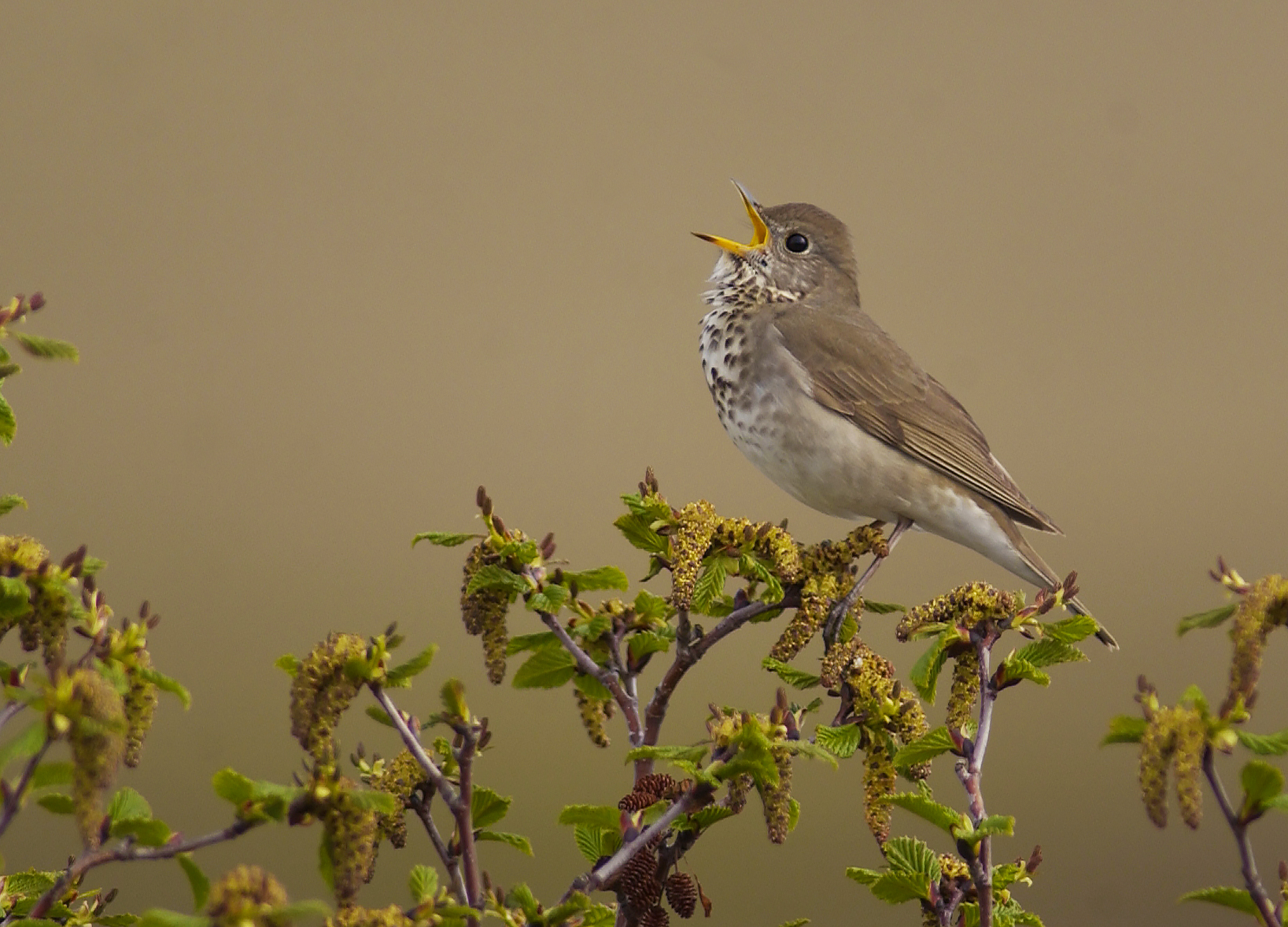
Grey-cheeked Thrush Catharus minimus, Seward Peninsula, Alaska, USA, 2 June 2004 (René Pop)
Grey-cheeked Thrush Catharus minimus, Seward Peninsula, Alaska, USA, 05:38, 1 June 2004 (Arnoud B van den Berg). Song of an individual perched on a wire above willow bushes. Background: Wilson’s Snipe Gallinago delicata, redpoll Acanthis, Northern Waterthrush Parkesia noveboracensis, Orange-crowned Warbler Leiothlypis celata, Wilson’s Warbler Cardellina pusilla, Savannah Sparrow Passerculus sandwichensisand White-crowned Sparrow Zonotrichia leucophrys.
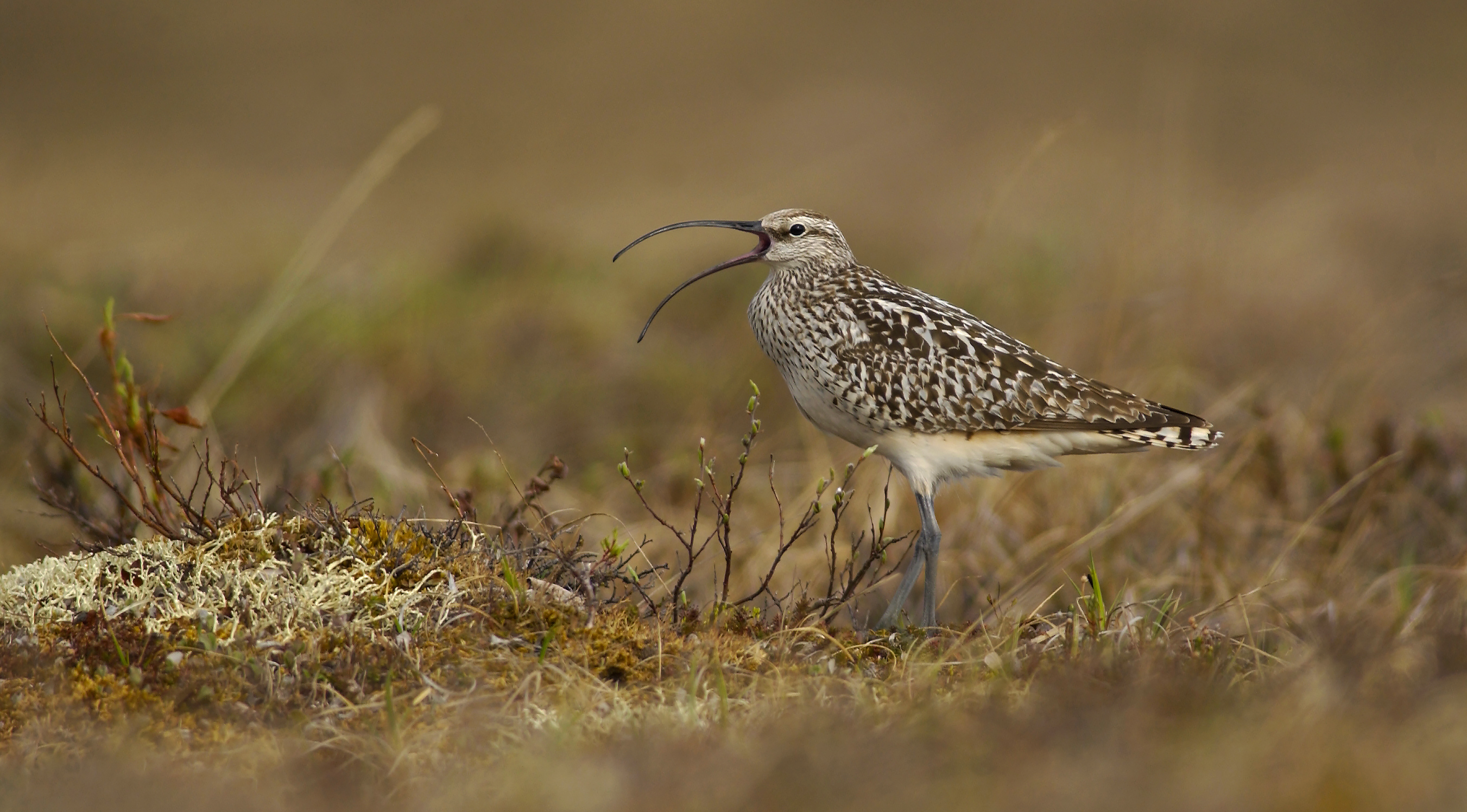
Bristle-thighed Curlew Numenius tahitiensis, Seward Peninsula, Alaska, USA, 1 June 2004 (René Pop). One of the individuals in Arnoud’s recording.
Bristle-thighed Curlew Numenius tahitiensis, Seward Peninsula, Alaska, USA, 20:28, 1 June 2004 (Arnoud B van den Berg). Display songs by two individuals. They flew in, stood on the ground together while calling, then flew off again. Background: Lapland Longspur Calcarius lapponicus.
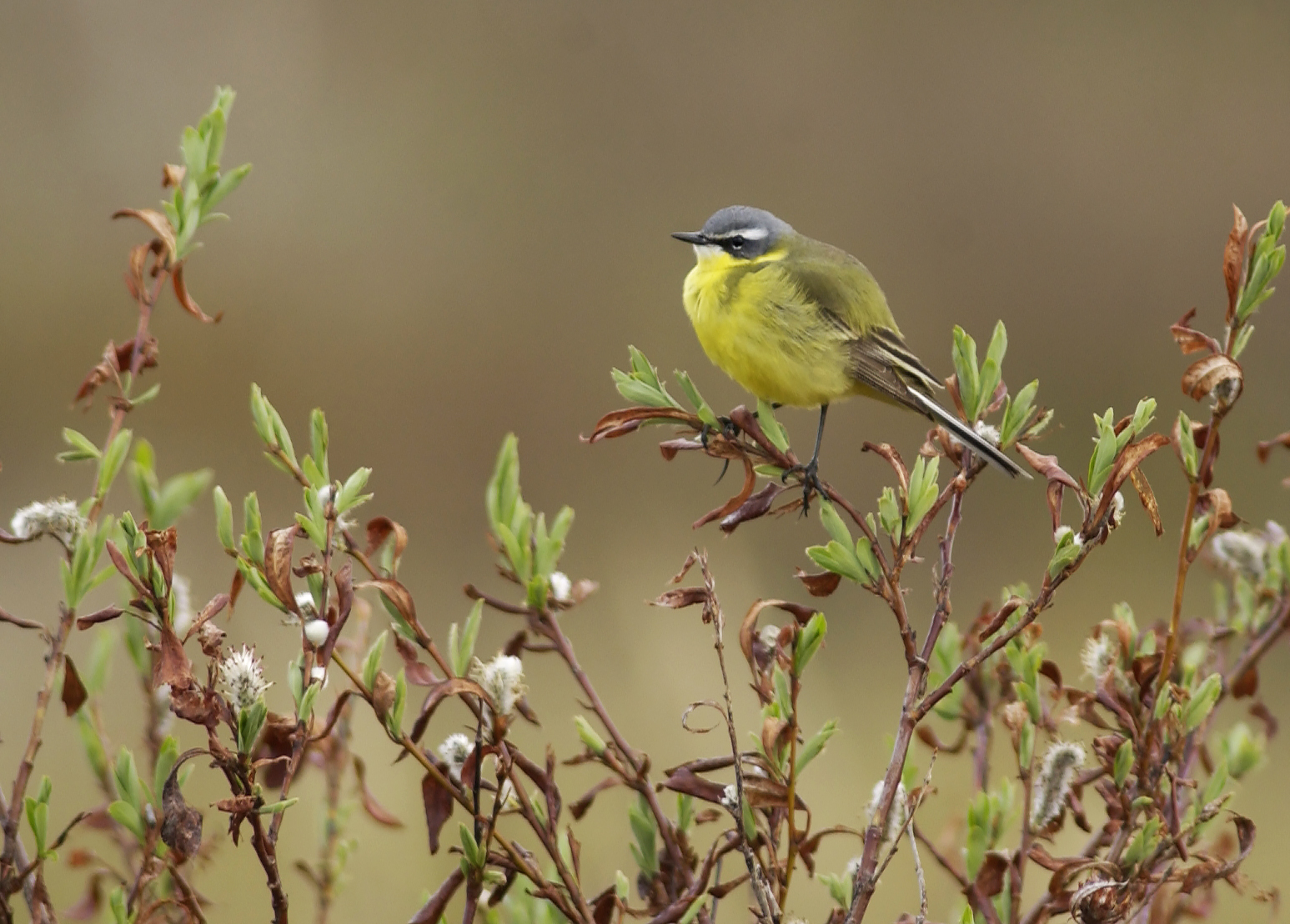
Alaskan Wagtail Motacilla tschutschensis, Seward Peninsula, Alaska, USA, 2 June 2004 (René Pop)
Alaskan Wagtail Motacilla tschutschensis, Seward Peninsula, Alaska, USA, 07:02, 1 June 2004 (Arnoud B van den Berg). Song from riverbank. Background: Wilson’s Snipe Gallinago delicata, Mealy Redpoll Acanthis flammeaand White-crowned Sparrow Zonotrichia leucophrys.
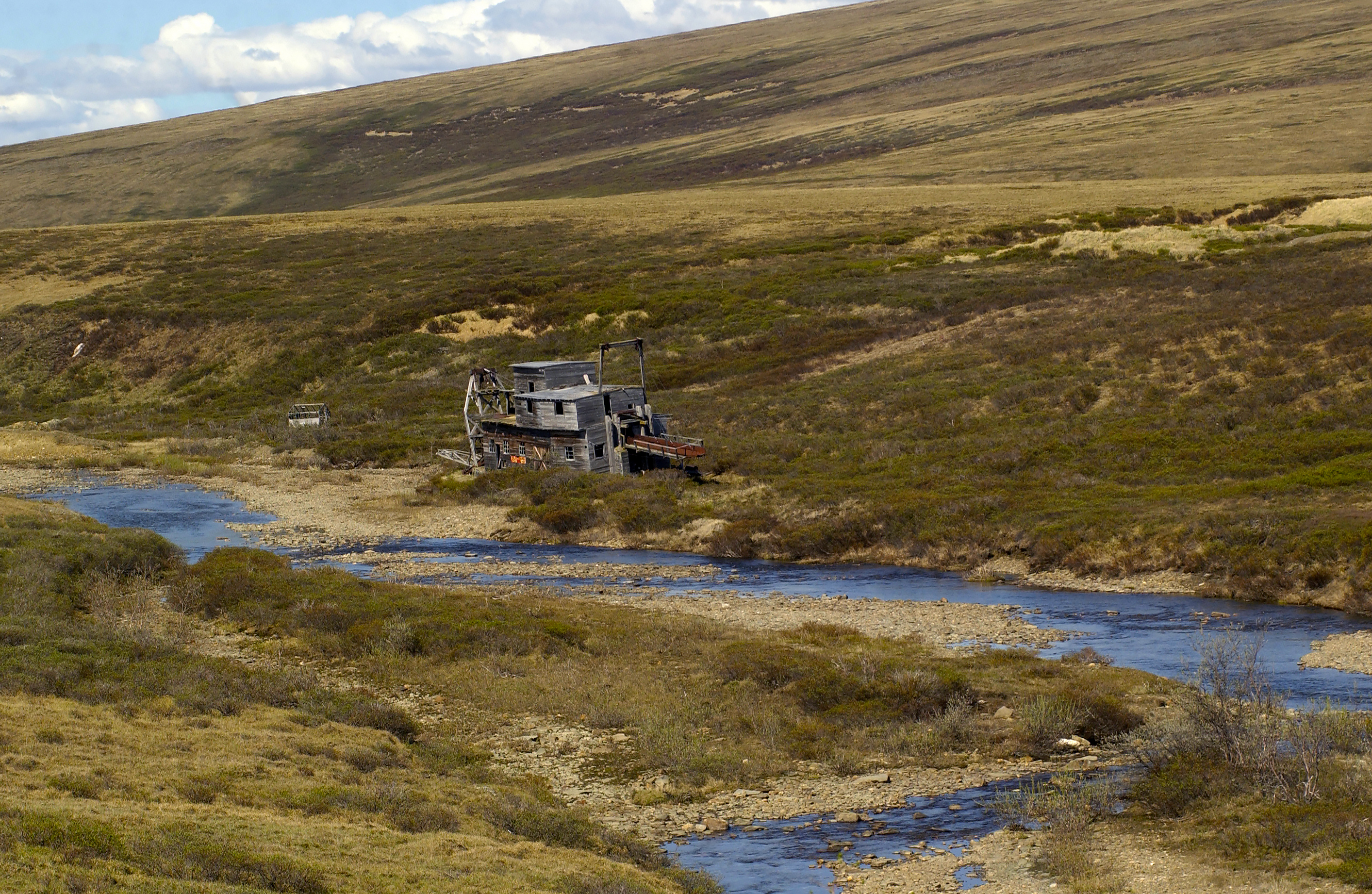
Old gold mining structure, Teller Road, Nome, Alaska, USA, 5 June 2004 (René Pop)